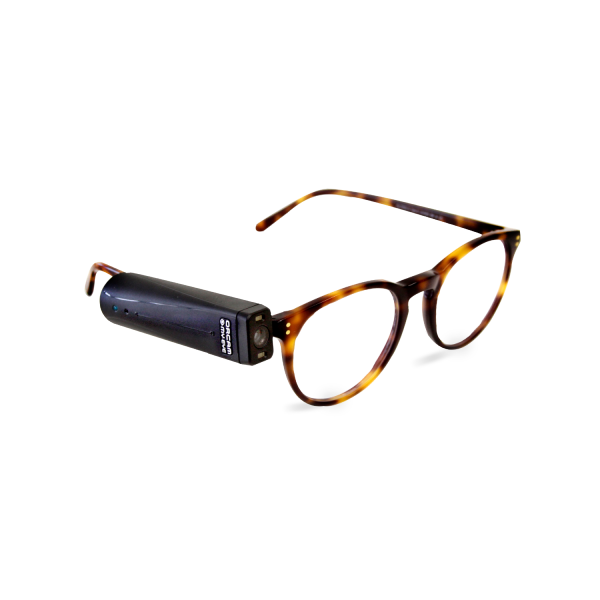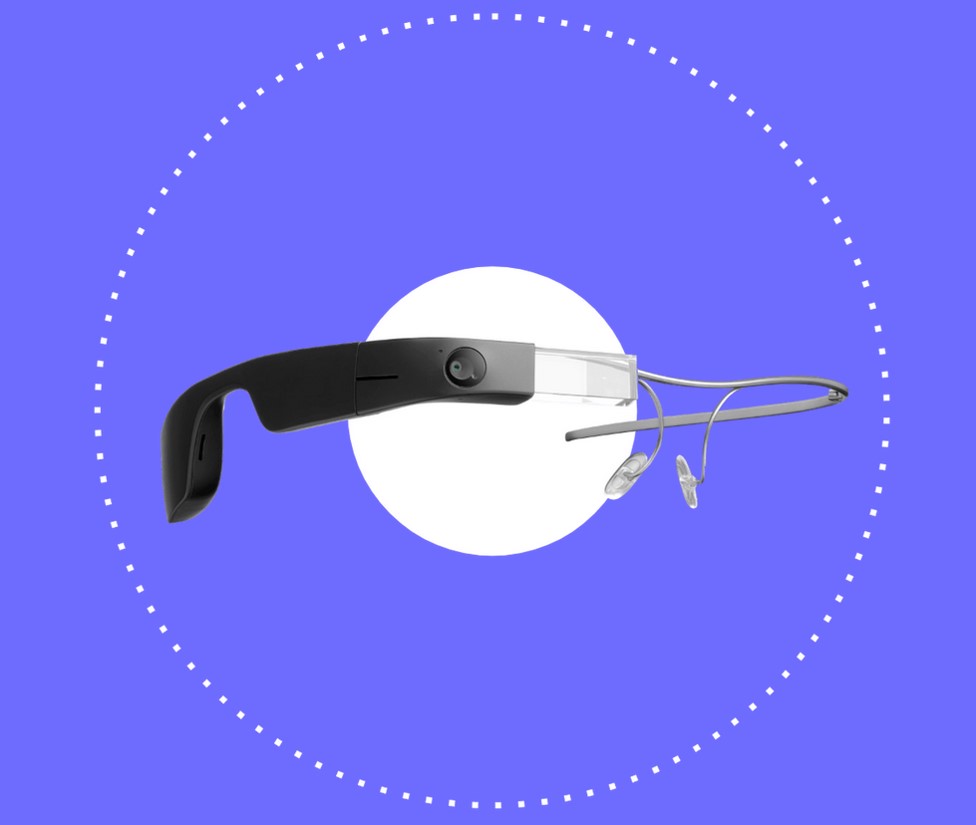Wearable Technology for Low Vision: Transforming How We Navigate the World
Enhancing Availability Via Assistive Modern Technology for the Blind
The integration of assistive technology for the blind represents a critical development in availability, essentially changing exactly how individuals navigate their environments and engage with culture. From display viewers to ingenious wise walking sticks, these tools not only enhance freedom yet additionally advertise inclusivity in different spheres of life. As we explore the varied kinds of assistive gadgets and their concrete influence on daily living, it comes to be necessary to analyze how recurring technical developments are reshaping the landscape of assistance for the blind neighborhood. What ramifications do these developments hold for the future of ease of access?
Introduction of Assistive Technology
Assistive modern technology refers to an array of devices and software program designed to enhance the abilities of individuals with disabilities, including those that are aesthetically impaired or blind. This innovation plays an important duty in promoting freedom and improving the top quality of life for users. By supplying different methods for accessing details and performing everyday jobs, assistive technology equips people to navigate their atmospheres better.
The advancement and execution of assistive technology accept a range of concepts targeted at fostering availability. These concepts include user-centered design, which prioritizes the requirements and choices of the person, and the combination of technology into daily tasks. Such innovations ensure that assistive gadgets are not just functional but additionally intuitive and easy to utilize.
In addition, assistive technology encompasses a diverse spectrum of services, from low-tech choices like magnifiers to state-of-the-art technologies such as display viewers and Braille display screens. The recurring evolution of this area is driven by the demand to address the unique challenges faced by people with visual impairments (Wearable technology for low vision). As technology proceeds to advance, the possibility for boosting access and advertising inclusivity continues to be encouraging, eventually contributing to a much more equitable culture

Kinds of Assistive Instruments
Various kinds of assistive devices are available to sustain people who are blind or visually impaired, each developed to attend to certain requirements and challenges. These devices can be broadly classified into three main types: low-tech, mid-tech, and state-of-the-art services.
Low-tech gadgets consist of things such as magnifiers, Braille tags, and responsive maps. These are reasonably simple tools that improve the individual's capability to engage with their setting without calling for intricate modern technology.
Mid-tech gadgets typically include a lot more sophisticated functions, such as electronic magnifiers and portable Braille note-takers. These devices can offer functionalities like speech output, permitting customers to accessibility info a lot more effectively.

Effect On Daily Living
The availability of various assistive devices considerably enhances the lifestyle for individuals who are visually impaired or blind, impacting their daily living in profound ways. By integrating technologies such as screen viewers, Braille presents, and audio description solutions right into their routines, users gain greater freedom and independence. These devices promote accessibility to details, making it possible for people to carry out everyday tasks, such as reviewing e-mails, browsing public spaces, and delighting in media content.
Moreover, assistive tools equip individuals to engage even more completely in social interactions and community tasks. The capability to utilize smartphones outfitted with availability functions enables smooth interaction and connection with others. This Continued connection promotes a sense of belonging and lowers sensations of isolation.
In specialist setups, assistive technology sustains efficiency by allowing people to complete job tasks effectively. Tools like voice acknowledgment software application and specialized magnification tools allow users to take part in the workforce on equivalent footing with their sighted peers.

Developments in Technology
Recent technological innovations have actually substantially changed the landscape of tools available for individuals that are blind or aesthetically damaged. The integration of expert system (AI) and maker discovering has given rise to applications that boost navigation and things acknowledgment. For instance, mobile phone apps can now utilize AI to identify and define surroundings in real-time, providing customers with useful contextual info.
In addition, developments in haptic technology have actually led to the growth of smart walking canes furnished with sensors that identify see page challenges and provide responsive feedback. This encourages individuals to browse their atmosphere with raised confidence and self-reliance. In addition, innovations in text-to-speech software and braille display screens have enhanced the accessibility of electronic content, enabling seamless communication with different media.
Wearable innovations, such as clever glasses, are likewise making strides in assisting aesthetic disability. These tools can provide enhanced fact experiences, overlaying important details onto the user's field of sight. Jointly, these developments not just boost the lifestyle for individuals that are blind yet also promote higher incorporation in society. As technology remains to advance, the potential for a lot more transformative tools stays coming up.
Future Trends and Innovations
As modern technology quickly progresses, the future of assistive devices for individuals that are blind holds immense assurance. Advancements in man-made intelligence (AI) and equipment discovering are poised to change the method blind customers engage with their environments. AI-driven applications are being established to enhance item recognition, enabling customers to determine and browse their surroundings with better ease and precision.
Moreover, improvements in haptic feedback innovation are making it possible for the development of responsive maps and navigation aids that give real-time information with touch. These technologies not only improve mobility however additionally foster freedom. Additionally, wearable gadgets outfitted with augmented truth (AR) attributes are arising, providing individuals aesthetic information with sound descriptions, thus linking the void in between the electronic and physical worlds.
Moreover, the combination of smart home modern technology presents new chances for access, allowing individuals to manage their living atmospheres via voice commands or smart device applications. As collaboration between tech developers and the blind community continues, the emphasis on user-centered design will guarantee that future advancements are customized to fulfill the one-of-a-kind demands of this populace (Wearable technology for low vision). The trajectory of assistive innovation promises a more empowering and inclusive future for individuals who are blind
Conclusion
In final thought, assistive innovation plays a vital duty in boosting access for people with visual problems. The varied variety of gadgets, including screen readers and smart canes, significantly improves daily living and cultivates freedom. Continual improvements in innovation and user-centered style guarantee that these tools provide properly to the one-of-a-kind requirements informative post of the blind neighborhood. As developments progress, raised inclusivity and empowerment can be prepared for, eventually enhancing the quality of life for those influenced by aesthetic problems.
The assimilation of assistive technology for the blind stands for a crucial improvement in ease of access, basically altering how individuals navigate their settings and engage with culture.Assistive innovation refers to a range of tools and software application made to improve the capacities of individuals with impairments, including those that are blind or aesthetically impaired. Wearable technology for low vision.As modern technology swiftly progresses, the future of assistive tools for people who are blind holds enormous promise. The trajectory of assistive innovation promises a much more empowering and inclusive future for people that are blind
In conclusion, assistive innovation plays a critical duty in enhancing ease of access for people with visual disabilities.